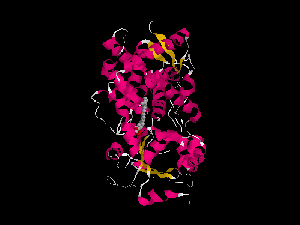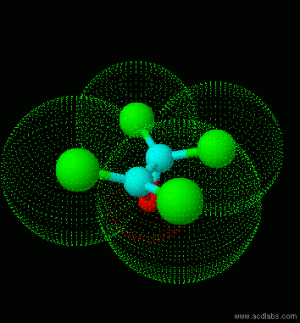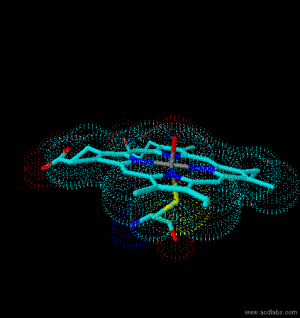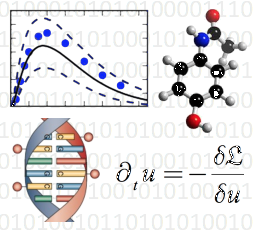Molecular Modeling
We are currently using molecular modeling techniques, such as quantum chemical
calculations, pharmacophore analysis, docking calculations, and molecular
dynamics, to gain insight into ligand-receptor binding characteristics
relevant to our biochemical reaction network modeling and QSAR development
efforts. Below are some structures relevant to our ongoing research.

|
The chemical structure of CYP3A4. This isozyme, a member of
the cytochrome P450 mixed-function oxidase system, is involved
in the oxidation of the largest range of substrates of all the CYPs in humans. |

|
The chemical structures of the epoxide form of the chlorinated solvent perchloroethylene.
This epoxide can react with DNA and other biological molecules, potentially causing cancer or damaging cells.
The epoxides are formed by cytochrome P450 when the enzyme adds an oxygen atom to the parent solvents. |

|
The chemical structure of the iron-oxo porphyrin complex: The active species within the cytochrome
P450 enzyme believed to be responsible for introducing an oxygen atom into the substrate.
The reactive oxygen atom (red) is attached to the iron atom (gray) of heme (light and dark blue). |



